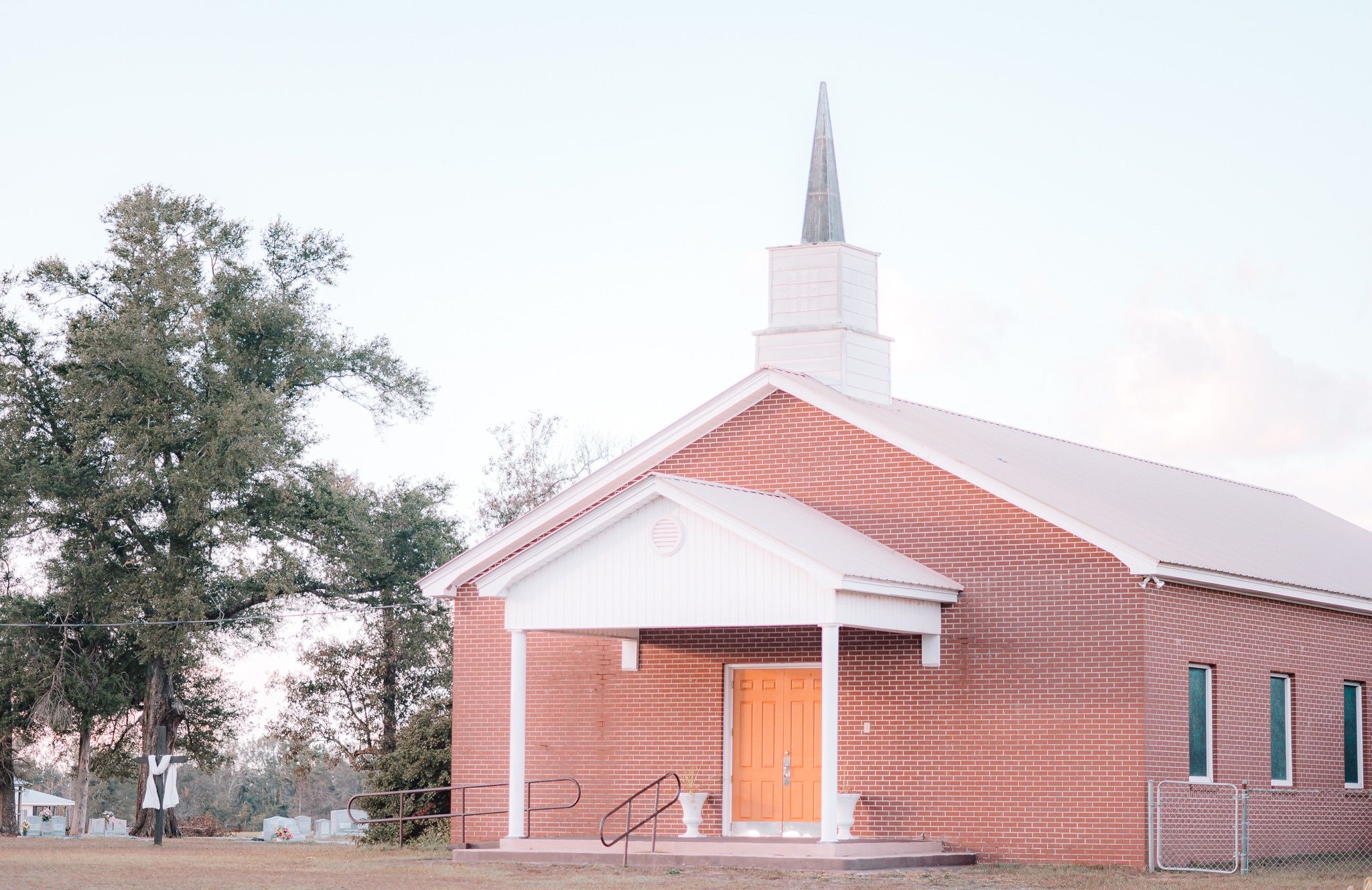The Windows of Revitalization, Explained
The Windows of Revitalization, Explained
Is it ever too late to Revitalize or Replant a church? For churches facing imminent closure, it may be possible that they’ve missed the opportunity to see church renewal. When finances are scarce, laborers are few, and ministry opportunities are thin, the options begin to narrow. But if those windows are acknowledged, a church can pause, ask the right questions, and determine a roadmap for church renewal.
Life Cycles in a Church
When we met with our first church to explore why they had lost 100 members in 20 years, we tried to find out what were the factors of their decline. Was there a major split? Deacons fighting in the parking lot? Did one bad pastor drive everyone out? No, it was none of those things. When we looked at their church’s trends over the past 20 years, we found that the decline had been a slow and gradual one.
The factors of decline involved spiritual warfare, arguing about secondary theological matters, and multiple changes in leadership. The pastor explained it as a slow, gradual loss. It wasn’t a church split that caused members to leave, it was gradual loss of mission and a disconnection from their community ministry. For twenty years, the church had been doing, “business as usual,” without asking the question: “Why are we declining?”
Fortunately, this church has a high receptivity to change. They have now begun to address those declining factors and started a Revitalization process. They have a great mission field ahead of them, and are seeking out ways they can bless their community while they refocus their church spiritually.
Churches experiencing decline have windows of opportunity in which they can address decline and see a turnaround. If they fail to address the underlying issues of decline, they could miss the window and head toward irreversible decline and eventual closure. As Bob and Jimbo mentioned in Ep. 161 of the podcast, there are predictive patterns and life cycles in Churches with predictable success or failure.
Seasons of growth, plateau, and decline are present in almost every church at some point in its history. For some churches, a season of decline can lead to eventual closure. The task of every church is to be keenly aware of where it is presently and what steps toward its future it must take.
Asking the Right Questions
When you go to the doctor, you may tell them all of your symptoms. A wise doctor will not ask the question, “How can we treat your symptoms?” unless they first ask, “What sickness do you have?” Once the sickness is identified, the appropriate course of treatment can be prescribed. A foolish doctor might simply give you Tylenol and send you on your way, instead of treating your sickness at its root.
One of the most critical issues facing the church is a failure to ask the right questions. Churches that are facing imminent closure often ask, “What can we do?” Instead, they should be asking, “Why are we declining?” This type of question gets to the root of a church’s decline, whereas the first question deals more with the symptoms than the actual cause.
A growing church asks, “What must we do?” A plateaued church asks, “How are we doing?” And a declining church must ask, “Why are we not growing?” Every church should evaluate their present condition, take the time to ask the right questions, discern the answers, and once they have gained insight and wisdom from God and others, chart a course in a new direction.
Understanding the Windows
No example is perfect, but we’ve found the Windows of Revitalization very helpful in identifying where a church is in their life cycle. For a detailed explanation of each window, see Bob Bickford’s work here.
Revitalization Window 1 – Plateau stage or onset decline (change required)
During this stage, you begin to see symptoms of decline in your church. Some families begin to leave, you see a few less people in youth or children. Giving is down by 5-10%. During this first window, change is needed. There is a small difference, but it’s not very noticeable.
You then need to begin a prayerful effort and ask what are the changes that need to be looked at. We often miss it because we aren’t looking close enough. During this stage, the missional and ministry efforts of a church begin to wane, leadership becomes exhausted, and conflicts in the church go unresolved. If those things are left unchecked, it can result in a quick change of your church atmosphere. While the issues may not seem urgent, they can grow quickly.
Revitalization Window 2 – Persistent / continued decline (significant change required)
During this window, issues and conflict persist. The loss of missional vitality becomes evident, and the church begins losing touch with their community. They may seek to blame their decline by saying, “The community is changing,” or “We just need a new pastor.” There is a growing number of losses, and at the end of the second window there is an exodus of key members and mission leaders.
At this point, full time staff may become part time staff or giving starts to drop drastically. The church may adopt a “play it safe mentality” – most people resist significant change, because significant change could lead to loss. People become increasingly more opinionated about how they like church, and they become more selfish with their giving.
When a church fails to pause and ask critical questions to address concerns, these windows begin closing. And while Revitalization is possible, it’s not always probable. The longer the decline, the more radical changes are necessary to reverse the church’s trajectory.
The Replant Window – Late / critical / significant decline (radical change required)
In the last window, a church desperately needs outside help and perspective. The options to see the church thriving again is very narrow and improbable. The church can no longer do it by themselves as they’ve missed the time of change when renewal was likely. A church facing this stage is likely facing imminent closure within the next 1-3 years, and radical change is necessary.
Think of a frozen computer screen. It’s sitting there, not producing any work or being used for any good reason. You’ve tried different methods like hitting “escape.” You’ve tried ctrl+alt+delete. But, it still stays frozen on that same screen. You may have to do a whole system reboot to get the computer up and running again.
A church facing imminent closure has likely disconnected entirely from their community and work of ministry. Leadership is scarce, finances are slim, and hope is wearing out. The church is in survival mode, and are not concerned with reaching lost people for Christ. They may be aged, unable, or unwilling to engage the unchurched in the community.
Thankfully, in Replanting, there are different ways to address these issues. A partnership replant is a helpful option for churches facing possible closure. This can look like a merge/marriage, church fostering, family network churches, or other partnership replants. Replanting from within is also an option if there is still a healthy leadership team that exists.
Hope for the Future
All of these changes require hard work. And that is why outside help is needed. While a Replant can occur from within, It is often a difficult road. But with the grace of God, we are seeing more and more congregations go through replants and revitalizations for God’s glory and seeing their churches turnaround.
Jesus cares deeply about the health of His local church. When a church recognizes where it needs to change, and begins to seek the face of God, it’s amazing how God can turn a situation around for His glory. We must remember that the church does not belong to us, it belongs to Christ. And He alone can bring renewal if we are seeking Him. How are you stewarding the time God has given you at your church? Are there concerns that need to be addressed?
For more info about the life cycles of a church, see Bill Henard’s book, ReClaimed Church, or Mark Hallock’s book, “God’s Not Done with Your Church.” If you think your church is in danger of closing, take this church health assessment. This self-assessment is meant to help assist you in determining the current state of your local church. Another way to get started is by taking an introductory course that will help anyone understand what church replanting is and how it provides hope for dying churches.















